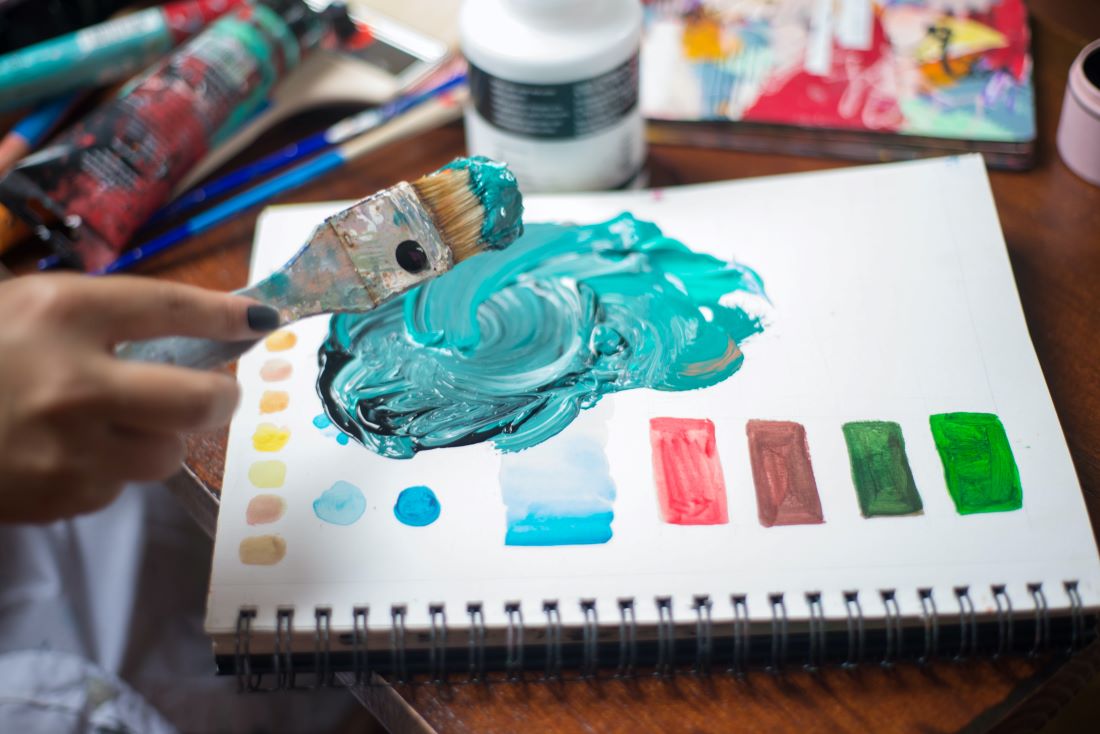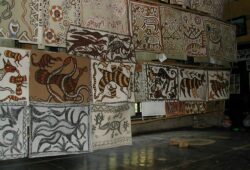The Artistic Brilliance of Poster Colour Paintin
 Posted On
Posted On
Poster colour painting is a captivating and vibrant medium that has been captivating artists and art enthusiasts for decades. Its rich history and wide range of applications make it a versatile and engaging form of artistic expression. In this article, we will explore the fascinating world of poster colour painting, its characteristics, techniques, and its enduring popularity.
The Origins of Poster Colour Painting
Poster colour painting has its roots in ancient civilizations, with evidence of its use in Egyptian tomb paintings dating back to 1500 BC. Over the centuries, it has evolved, influenced by various art movements, and has taken on many forms and applications.
Poster colours, also known as gouache, gained popularity in the 18th century as a medium for manuscript illumination and botanical illustrations. It was the preferred choice for decorative art, advertising posters, and children’s book illustrations in the late 19th and early 20th centuries.
Characteristics of Poster Colours
Poster colours are known for their unique characteristics that set them apart from other painting mediums. Here are some key attributes:
Vibrant and Opaque: Poster colours are renowned for their vibrant and opaque qualities, making them perfect for bold, eye-catching artwork.
Quick Drying: Poster colours dry relatively quickly, allowing artists to work efficiently and build layers without extended drying times.
Versatile: Poster colours can be applied thinly for a watercolour-like effect or layered for a more opaque finish. This versatility allows artists to create a wide range of effects.
Reusable and Mixable: These colours can be easily reactivated with water after drying, making them more sustainable and cost-effective. Artists can also mix them to create a vast array of hues.
Poster Colour Techniques
Creating beautiful poster colour paintings requires a good understanding of various techniques. Here are some key ones to consider:
Wet-on-Wet: Apply wet colours to a wet surface to create smooth transitions and gradients.
Dry Brushing: Use a minimal amount of paint on a dry brush for fine details and textured effects.
Layering: Build up layers of colour for a more opaque and vibrant result.
Stippling: Dab the brush in a stippling motion to create a textured, pointillist effect.
Masking: Use masking fluid or tape to preserve areas of the paper for later detailing.
Popularity and Contemporary Use
In recent years, poster colour painting has experienced a resurgence in popularity. Many contemporary artists and illustrators choose this medium for its unique visual appeal. It’s also a common choice for traditional and digital art reproductions.
Poster colour painting can be found in various forms of art, including:
Illustrations: Many children’s books, graphic novels, and editorial illustrations are created using poster colours for their vivid and expressive qualities.
Fine Art: Some contemporary artists incorporate poster colours into their fine art pieces, blurring the lines between traditional and modern art.
Craft Projects: Poster colours are a popular choice for DIY craft projects, including greeting cards, paper crafts, and handmade gifts.
Educational Tools: They are also used in educational settings to teach colour theory and painting techniques to budding artists.
Poster colour painting is a timeless and versatile medium with a rich history and a bright future. Its unique characteristics, quick drying time, and vibrant colours make it a favourite among artists, illustrators, and crafters. Whether you’re a professional artist or just exploring your creative side, poster colours offer endless possibilities for artistic expression and creative exploration. So, grab your brushes, experiment with techniques, and let poster colours bring your imagination to life on the canvas of your choice.



